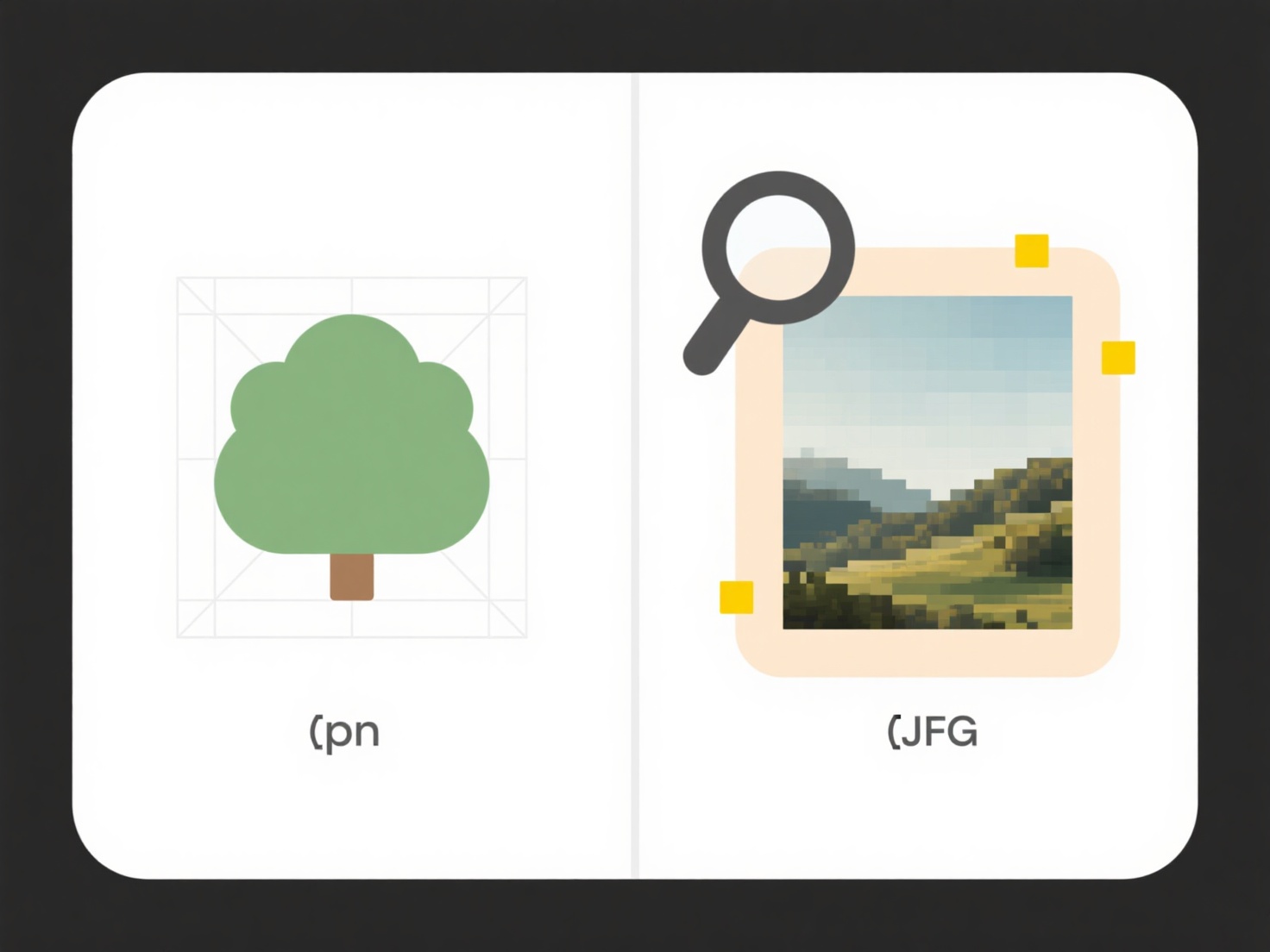
To group related files alphabetically, use consistent naming prefixes for files sharing a common theme or project. Alphabetical sorting (used by default in most file systems and applications) orders files character-by-character. By starting related filenames with the same prefix, such as "ProjectX_Document" or "ProjectX_Spreadsheet," you ensure they appear together in alphanumeric lists. This manually creates logical groupings that the default sorting alone cannot achieve, acting like virtual folders within directory listings.

Examples include using project codes (e.g., "PRJ2024_Budget.xlsx", "PRJ2024_Timeline.docx") for easy team access in shared drives. Photographers might prefix shoots ("20240530_Wedding_Photo1.jpg", "20240530_Wedding_Video.mp4") in their folders. This method works universally across operating systems (Windows Explorer, macOS Finder), cloud storage like Dropbox, and content platforms such as SharePoint or Google Drive.
The primary advantage is simplicity—no special software or complex metadata is needed. However, inflexible prefixes can become cumbersome if projects evolve or groupings change, requiring batch renaming. While efficient for moderate file sets, very large collections still benefit from hierarchical folders or searchable tags. Future file systems may improve dynamic grouping, but prefix-based sorting remains a universally accessible and reliable technique for organizing files.
How do I keep related files grouped together alphabetically?
To group related files alphabetically, use consistent naming prefixes for files sharing a common theme or project. Alphabetical sorting (used by default in most file systems and applications) orders files character-by-character. By starting related filenames with the same prefix, such as "ProjectX_Document" or "ProjectX_Spreadsheet," you ensure they appear together in alphanumeric lists. This manually creates logical groupings that the default sorting alone cannot achieve, acting like virtual folders within directory listings.

Examples include using project codes (e.g., "PRJ2024_Budget.xlsx", "PRJ2024_Timeline.docx") for easy team access in shared drives. Photographers might prefix shoots ("20240530_Wedding_Photo1.jpg", "20240530_Wedding_Video.mp4") in their folders. This method works universally across operating systems (Windows Explorer, macOS Finder), cloud storage like Dropbox, and content platforms such as SharePoint or Google Drive.
The primary advantage is simplicity—no special software or complex metadata is needed. However, inflexible prefixes can become cumbersome if projects evolve or groupings change, requiring batch renaming. While efficient for moderate file sets, very large collections still benefit from hierarchical folders or searchable tags. Future file systems may improve dynamic grouping, but prefix-based sorting remains a universally accessible and reliable technique for organizing files.
Quick Article Links
Is it safe to rename file extensions?
A file extension is the suffix at the end of a filename (like .txt, .jpg, .docx) that tells the operating system and app...
What’s a good folder structure for organizing photography projects?
What’s a good folder structure for organizing photography projects? A logical folder structure significantly improves p...
What’s the best folder structure for long-term project documentation?
What’s the best folder structure for long-term project documentation? Effective long-term project documentation requir...